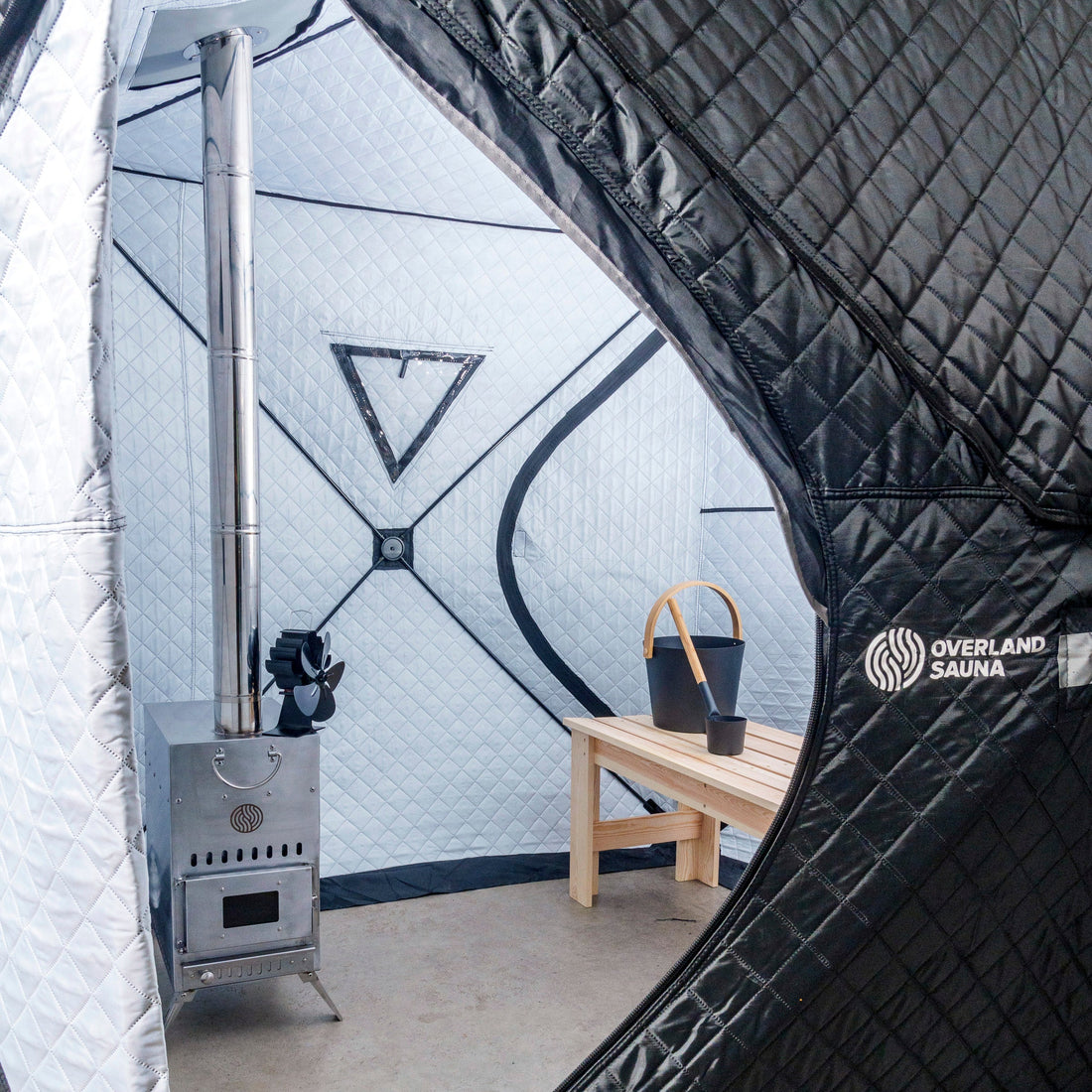By integrating sauna sessions into your post workout routine, you can facilitate a faster recovery process after intense workouts. The soothing heat of a sauna boosts circulation, delivering more oxygen-rich blood to your weary muscles. This accelerates the removal of waste products like lactic acid, which are known to cause soreness and fatigue. Sauna and muscle recovery are closely linked as the heat can relax your muscles, potentially reducing stiffness and pain.
Additionally, the increase in blood flow may help in decreasing inflammation, promoting healing at a cellular level. Incorporating a sauna post workout provides a peaceful environment that not only aids physical recovery but also helps in calming your mind, contributing to an overall sense of well-being.
Understanding the Benefits of Sauna for Recovery
To fully appreciate the benefits of sauna for recovery, it's essential to understand how they assist your body post workout. Saunas elevate your core body temperature, prompting blood vessels to dilate. This dilation enhances circulation, directly impacting muscle recovery by expediting the delivery of nutrients and oxygen to tissues, thus speeding up the repair process. With regular use, saunas can become a vital component of your recovery strategy, particularly after intense workouts.
Current trends suggest a rising popularity in the integration of saunas in fitness regimes, driven by their natural ability to aid muscle recovery. Athletes and fitness enthusiasts alike are realizing the potential of sauna sessions to alleviate muscle soreness, reduce recovery time, and improve overall performance. The shift towards more holistic and non-invasive recovery methods highlights the growing repute of saunas as an effective tool for enhancing recovery outcomes.
In addition to physical benefits, enjoying a sauna session also encourages mental relaxation, helping alleviate stress accumulated during workouts. The enveloping warmth of a sauna post workout provides a tranquil space for reflection and mental clarity. As more people explore comprehensive wellness strategies, incorporating saunas is becoming an increasingly appealing option, combining physical and mental recovery into one soothing experience.
The Science Behind Sauna Therapy
The science behind sauna therapy reveals its effectiveness in enhancing your body's recovery process. As you sit in a sauna, heat exposure raises your heart rate akin to moderate exercise. This triggers your body to pump more blood, increasing its capacity to transport essential nutrients and oxygen to muscles post workout. This physiological response supports muscle recovery by replenishing energy stores and repairing tissue damage incurred during exercise.
To truly grasp the benefits of sauna therapy, you need to shift your mindset from seeing it merely as a form of relaxation to recognizing it as a powerful recovery tool. Traditionally, saunas were viewed primarily as spaces for leisure. However, the new perspective acknowledges their role in a comprehensive recovery strategy, integrating both physical and mental rejuvenation.
The release of heat shock proteins as a result of sauna use contributes to more efficient muscle recovery. These proteins play a crucial role in repairing muscle fibers and mitigating oxidative damage. Additionally, the increase in growth hormones during sauna sessions aids in muscle building and repair. This biochemical interplay signifies sauna therapy as an integral process supporting your body’s healing post workout, encouraging a holistic approach to recovery that combines both physiological and mental benefits.
Different Types of Saunas for Recovery
Exploring the different types of saunas can enhance your recovery process by providing tailored experiences for muscle relaxation. Traditional Finnish saunas are perhaps the most well-known, using dry heat with very low humidity. The intense high temperatures promote deep sweating, helping to eliminate toxins and support muscle recovery after workouts, making these a popular choice among athletes seeking physical recovery benefits.
Infrared saunas employ a different approach by using infrared panels to heat your body directly. This type of sauna operates at lower temperatures while still inducing a deep sweat. Infrared saunas are favored for their ability to penetrate deeper into muscle tissues, enhancing blood circulation and supporting the repair process, leading to a more efficient post workout recovery.
Steam saunas, or steam rooms, are another option, offering high humidity along with heat. This combination can be particularly soothing for respiratory benefits in addition to muscle recovery. The moist heat opens up airways and further relaxes muscles, aiding in the reduction of tension and soreness. Steam saunas are an excellent choice if you prioritize both muscle relaxation and respiratory benefits.
Safety Considerations When Using Saunas
When using saunas for recovery, prioritizing safety is vital to ensure you reap the benefits without adverse effects. It is important to stay hydrated before, during, and after a sauna session, as the intense heat can lead to significant fluid loss. Ensuring adequate water intake supports your circulatory system, optimizing muscle recovery and preventing dehydration-related complications.
Controlling session duration is another critical safety aspect. Spending too much time in a sauna can increase the risk of heat-related illnesses. Experts recommend starting with sessions of no more than 10 to 15 minutes and gradually increasing time as your body adapts. Listen to your body's signals to avoid overstressing it, promoting a healthy recovery experience.
According to recent studies, the heat exposure from saunas can affect your cardiovascular system by increasing heart rates, which may not be safe for everyone. Individuals with pre-existing heart conditions should consult healthcare professionals before incorporating a sauna post workout. This ensures that sauna therapy is appropriate for your unique health profile, enhancing muscle recovery without compromising safety.
For optimal results, consider leaving a short cooling period between consecutive sauna sessions. This interlude allows your body to recover its natural temperature and prevents the possibility of overheating. Safely integrating sauna use into your post workout routine ensures you benefit from the practice while minimizing any health risks, promoting both physical wellness and relaxation.

